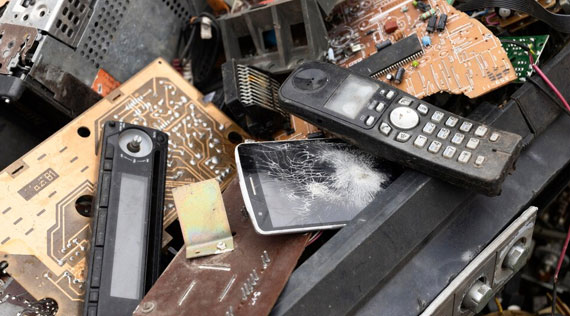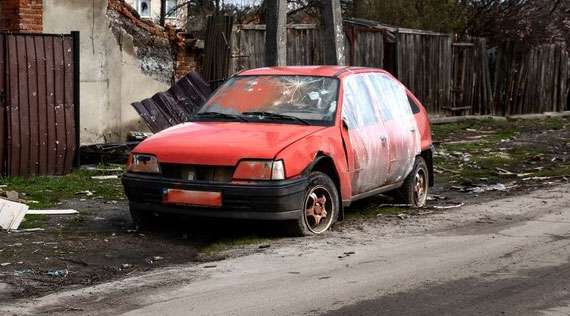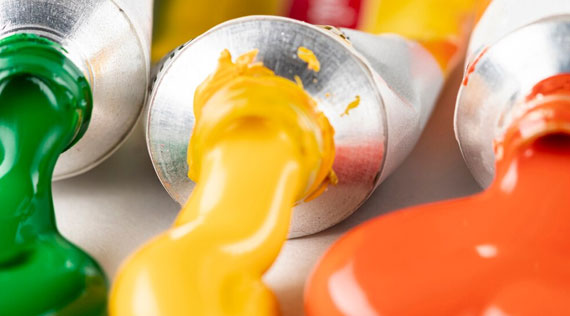Considering disposal of old electronics? Proper disposal of e-waste is a major concern now, mainly with the rise in the use of electrical and electronic equipment (EEE).
Do you know that the amount of electronic waste (e-waste) is growing at exceptional speed?
According to the report from Waste Management World Magazine, Canada's annual e-waste generation has been rising, growing from 252 kilotonnes in 2000 to an estimated 1.2 million tonnes by 2030. In 2020 alone, the country generated 954 kilotonnes of e-waste. Also globally, e-waste amount is rising yearly by 2.7 million tonnes.
E-waste includes different devices, ranging from large appliances like refrigerators down to small electronics like toasters and even old cell phones. Improper disposal of old electronics can release harmful toxins into the environment, so it's important to recycle them responsibly.
There are many ways to dispose of electronics. Choosing the right option matters.
WHO's Initiative on E-waste and Child Health
Launched in 2013, the World Health Organization's (WHO) Initiative on E-waste and Child Health deal with the threats children face due to unofficial electronic waste recycling. This program aimed at raising alertness on the health risks caused by the exposure to hazardous materials in e-waste, particularly for children. The WHO also upholds research on this major concern and encourages the development of safe e-waste management practices to protect kid’s health.
Tips for Proper E-waste Disposal
So, let us check out some key strategies to responsibly dispose your electronics equipment:
- Reuse, repair or donate: This is the first option to consider, if you have an old electronic equipment with you. If the device is still functional, why not donate or sell it? Many charitable firms accept donations of used electronics for renovation and rearrangement to those in need. You can reduce waste by selling or giving away electronics to friends, family, or selling via online marketplaces, which will extend its their lifespan. If your device is not in working condition, seek help from a repair shop to fix the issue.
- Recycle: Of all the other disposal options, recycling is the best. You know why? Because, certain materials found in electronics, such as cadmium, mercury, lead, etc. are harmful if they get into the soil, water, or air. These harmful materials can lead to health issues such as nerve damage, cancer, and reproductive problems. Recycling old electronic devices helps keeps people and the environment safe. Proper recycling options also reduce greenhouse gas emissions.
Choose accredited e-waste recycling facilities in your area that accepts electronic devices. If you notice any recycling programs offered by manufacturers or retailers, drop an email or call them to collect further details.Recycling electronics ensures that valuable materials are recovered and reused, while hazardous components are properly managed.
- Trade-in/ take back programs: Some retailers and electronics manufacturers offer trade-in programs so that customers can exchange old devices and purchase new ones. These programs make it easy to get rid of your old electronics responsibly and get new ones, while keeping the environment safe. Take-back programs offered by manufacturers are also useful, as they will accept old devices for recycling or responsible disposal. Refer their website or contact their customer support to learn about available programs for returning old electronics.
- Data cleansing: Before disposing devices, make sure that you have erased all personal and sensitive data. Either follow the firm’s instructions for a factory reset, or use data wiping software to remove all stored information from the device. You can also consider physically destroying the storage media to prevent data recovery.
By following such strategies, you can dispose of electronics responsibly, reduce environmental impact, and contribute to conserving resource.
Do's and Don'ts While Disposing Electronic Items
Do:
- Consider local e-waste recycling methods
- Remove all personal data in a secure way
- Donate or sell useful electronic items
- Follow manufacturer/retailer takeback rules
- Handle e-waste carefully
- Separate batteries for proper recycling
- Stay aware of local regulations
Don't:
- Dispose of electronics in regular garbage
- Throw electronics in wrong locations
- Leave private data on devices
- Take disassemble devices holding risky materials
- Store old electronics forever
- Sell or donate devices without removing data
- Disregard environmental and health risks
How to Reduce E-Waste Generation?
Reducing e-waste is crucial for conserving valuable resources and protecting environment. Even you can supply to this effort by adopting various best practices, such as extending the lifespan of devices via proper maintenance and repairs, donating or selling functional electronics instead of discarding them, and choosing renewed or pre-owned devices when making new purchases. Choosing energy-efficient and durable devices and participating in manufacturer take-back or recycling programs, can further minimize e-waste generation.



